From the cradles of civilization to the 21st century, great minds have changed the way we understand ourselves and the world we inhabit. Their momentous achievements ignite energetic debates about the inner workings of the brain and human behavior, and about how we judge ingenuity in art, literature, science, medicine, and technology.
Philosophers have long pondered the origins of genius. Plato described inspiration as a gift from the gods and likened the poet and prophet to an “empty vessel filled with divine infusion,” says historian Darrin McMahon, author of Divine Fury: A History of Genius. Aristotelian thinkers, by contrast, attributed brilliance at least in part to biology, theorizing that an overabundance of black bile — one of the four bodily humors proposed by Hippocrates — endowed eminent souls with superior powers. Phrenologists attempted to find genius in bumps on the head; craniometrists collected skulls, which they probed, measured, and weighed.
No one has discovered a single source of genius, and such a thing will almost certainly never be found. But genius captivates us because of the vast potential it reveals. How can we, biological organisms comprising 37 trillion cells, map a pathway to the moon, compose symphonies, solve mathematical quandaries, write poetry, and design new wireless technologies, one more mind-boggling than the next?
Child prodigies, whose talent appears early in life, raise an eternally debated question: Is genius born or made? In the 19th century, the polymath Francis Galton proposed that the trait was passed down through family bloodlines; he mapped the lineages of an array of European leaders in disparate fields — from Mozart and Haydn to Byron, Chaucer, Titus, and Napoleon — to make his case. In 1869, Galton published his findings in Hereditary Genius, a book that launched the “nature versus nurture” debate and also spurred the misbegotten field of eugenics.
A century later, the focus shifted again — this time from pedigree to sweat equity. In a consequential 1993 study, psychologist Anders Ericsson and colleagues reported that the difference between elite and amateur musicians correlated strongly with how much time they spent in intensive study, or what Ericsson called “deliberate practice.” These findings spawned the popularized notion that 10,000 hours of serious practice can lead to expert performance — a formula that vastly oversimplified Ericsson’s research but was nonetheless seized upon by self-help gurus promising greatness in anyone determined enough to seek it.
Reality almost certainly lies in between: Early ability engenders enthusiasm and drive, which leads to dedication and a desire to excel — a combination of nature and nurture. Art prodigies, who show an advanced adeptness for illustrating depth and three-dimensionality, are a prime example. Their talent is fueled by what developmental psychologist Ellen Winner calls a “rage to master” — a passion so intense the children feel compelled to draw or paint whenever possible. Parents must pull them away from their sketch pads to sleep, eat breakfast, or get to school on time. “If you’re really good,” says Winner, “it motivates you to keep trying.”
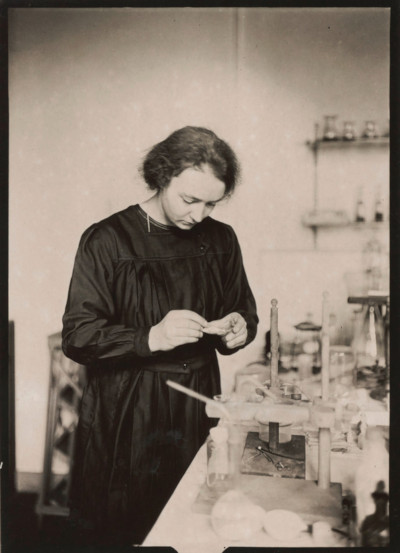
This kind of intense dedication has been found to have tangible physiological effects. Musical prodigies are often able to reproduce notes and melodies from memory before they learn to read music — a skill that develops the more it is practiced. Studies show that musical training in childhood can alter the architecture of the brain, including changing the volume of the cerebellum, which is involved with working memory and has been found to play a role in learning music.
As with any complex human phenomenon, a wide range of characteristics contribute to exceptional achievement. Creativity and perseverance are instrumental to success, as are the circumstances that cultivate a child’s passion, including teachers, mentors, and parents who happen to be in the business. Picasso’s father was an artist. Irène Joliot-Curie, Nobel laureate in physics, was the daughter of physicists Marie and Pierre Curie.
Researchers who study genius have uncovered a fascinating environmental effect: Being an outsider can play a powerful role in later success. Some of history’s greatest minds, it turns out, were immigrants who reinvented themselves in their new homelands. Studies conducted in the mid-20th century, after newcomers flooded American soil, found that second-generation immigrants comprised 25 percent of distinguished scientists and 32 percent of eminent mathematicians.
About 20 percent of MacArthur Foundation Fellows, who receive awards for creative promise, are foreign born. And since 1901, over 100 of the more than 350 Nobel Prizes awarded to Americans have gone to immigrants and individuals born outside of the United States, according to an analysis by Boston University professor Adil Najam.
What is it about immigrants that makes them excel? Researchers have found one key trait that stands out: openness to experience. In academic psychology, openness is one of five recognized personality traits, along with extraversion, agreeableness, conscientiousness, and neuroticism. People who are open to experience are intellectually inquisitive, curious, imaginative, and adaptive to change. And they appreciate art and beauty. Yo-Yo Ma, who spent his early childhood in Paris before moving to the United States, credits his immigrant experiences as a catalyst for his desire to connect people and culture through music.
Identifying one’s passion is never easy. Self-discovery requires peeling back the social and emotional layers that shroud our souls: expectations, pressures, insecurities, fears. In real life these layers can be difficult to identify and even harder to cast off. They stick like varnish on old furniture. Édouard Manet, the French painter born in 1832, was expected to follow in the footsteps of his father, an official at the Ministry of Justice in Paris. Manet applied to the Naval College when he was 16 years old but failed the entrance exam. He loved art, and when it became clear that this desire was what drove him, his father relented. Manet went on to become a pioneering artist of the modernist era.
These kinds of stories assume, of course, that our purpose in life is embedded within us and needs rooting out. But what if it is something we develop instead? A shift in our understanding of human biology allows for such exploration and growth, even in our later years. For much of the 20th century, scientific dogma held that brain “plasticity” was the purview of the young. Researchers believed that although the infant was capable of producing new brain cells after birth — a dynamic process known as neurogenesis — the adult brain was not.
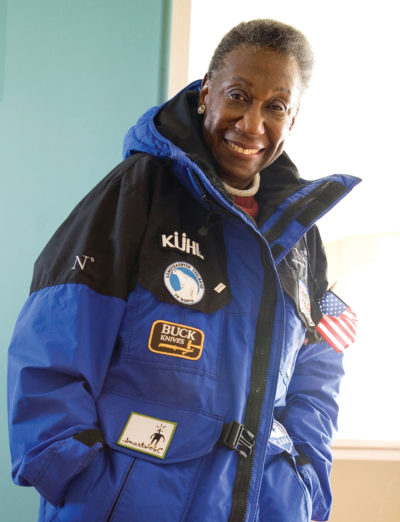
But over the last decades this conviction has been challenged by reports in a variety of species, including birds, monkeys, and human beings, which suggest that the adult brain is far less rigid than previously believed. In one study, published in 2018, Columbia University researchers examined the brains of 28 human donors ages 14 to 79 who had died suddenly. Although the older brains were not as spry as their younger counterparts — they had lower levels of a protein involved in cell communication and fewer blood vessels, which supply oxygen — the scientists were surprised to find thousands of immature neurons in the hippocampus, an area involved in memory and learning.
Neurogenesis in aging brains is an evolving field, and there is still no absolute consensus. But the idea that grown adults are capable of forming new neurons is exceedingly promising news. Longer life spans mean we have more time to make use of this brainpower. Since 1900, life expectancy has more than doubled worldwide, and although numbers fluctuate year to year, the overall trend over the last 100 years is up: Humans are surviving much longer than we used to — on average into our 70s and, in some cases, well into our 90s. These bonus years, once unimaginable, give us extra days, weeks, and months to experiment and take on new challenges, as long as we are able to maintain good health.
For some people, aging precipitates a desire for exploration. Consider Diana Nyad’s 111-mile swim from Cuba to Florida at the age of 64, or Barbara Hillary’s journeys to the North and South Poles in her 70s. Nyad emerged victorious in her fifth attempt to cross the Florida Straits after swimming for nearly 53 hours without a protective shark cage. Hillary, a cancer survivor, became the first Black woman on record to reach both ends of the Earth. “At every phase in your life, look at your options,” she said in an address to graduating seniors at the New School, her alma mater, in New York City. “Please, do not select boring ones.”
Even as the body ages, the mind swaggers with vitality — at least among some inspirational souls. University of Texas physicist John Goodenough filed his 27th patent when he was 94 years old and shared the Nobel Prize in 2019 at the age of 97 for developing the lithium-ion battery. “Some of us are turtles; we crawl and struggle along and we haven’t maybe figured it out by the time we’re 30,” he said with abundant modesty to The New York Times. “But the turtles have to keep on walking.”
Perhaps the most defining characteristic of genius is the impact on future generations. Great minds reinvent and reconceptualize tradition, leaving the rest of us in a new space that offers unseen possibilities. This became tangible in the most exquisite way for me one summer evening in 2018, as we watched Polish pianist Sławomir Zubrzycki play a concert of Renaissance music on an instrument envisioned — but never built — by Leonardo da Vinci.
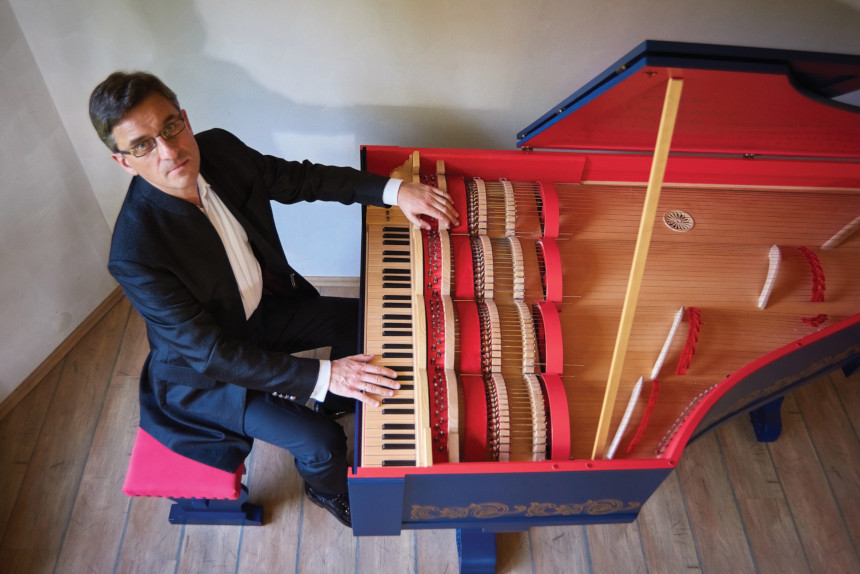
Among his many pursuits, Leonardo improvised melodies on the lira da braccio, a Renaissance-era string instrument, and parsed the intricacies of acoustics and musical design in his notebooks. In 2009, Zubrzycki found himself transfixed by a series of the artist’s sketches for a viola organista, a keyboard instrument with bowed strings.
Captivated by the possibility of one instrument fusing two musical families, Zubrzycki set out to build it. None of Leonardo’s drawings offered a detailed blueprint for Zubrzycki to follow. For four years, he spent five hours a day researching and formulating his design. He tested wood samples, resolved that he needed 61 keys, and puzzled out how to build four circular bows covered in horsehair that could rub against a series of strings to create a melodious sound. As he brought the instrument to life, Zubrzycki drew on the same vital force that drove Leonardo: his imagination.
Although Zubrzycki’s viola organista looks like a baby grand piano, it performs like a full-bodied string ensemble — a singular experience for listeners. As Zubrzycki played, a fusion of stringed notes filled the hall as if performed by groups of musicians on multiple instruments. Resounding and joyful, the rich and complex sound of Zubrzycki’s viola organista evoked the luminescence of Leonardo’s paintings. Like Leonardo’s art, the melodies lingered.
Leonardo ranked music as second only to painting — a higher pursuit, even, than sculpture — and described it as “figurazione delle cose invisibili — the shaping of the invisible.” For Zubrzycki’s audience, such an exalted moment occurred in a castle as the sun set over the Baltic Sea, when a few scribbles in Leonardo’s notebooks morphed into music.
The quest for infinite knowledge is ours to grasp. Numbers, years, decades — these are signposts, not rules over the fertile provinces of our minds. I conclude with the words that scholar Paolo Galluzzi said about Leonardo, which have long stuck with me: “He went sideways.”
Go sideways. See where the spark will take you.
Excerpted from Spark: How Genius Ignites, From Child Prodigies to Late Bloomers by Claudia Kalb, National Geographic Books, 2021
Featured image: Shutterstock
Become a Saturday Evening Post member and enjoy unlimited access. Subscribe now
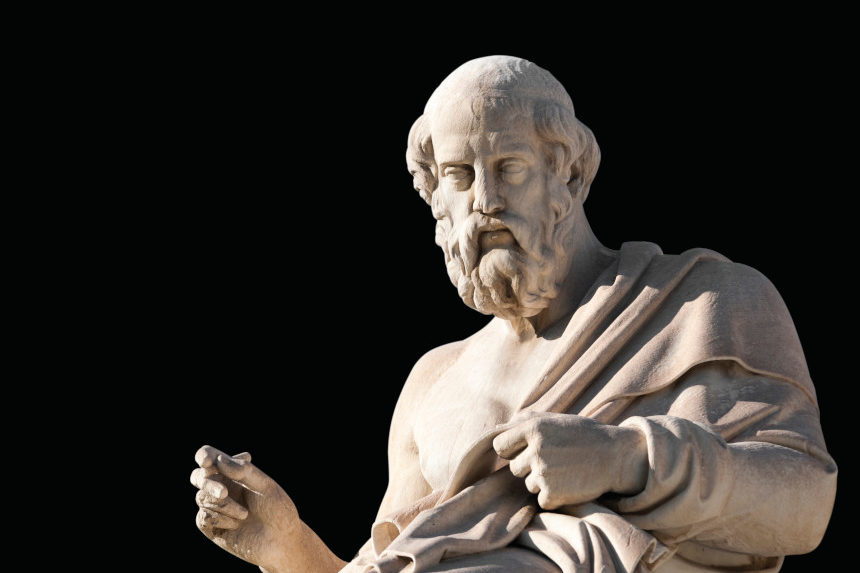
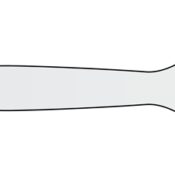


Comments
Genius, like intelligence is best when shared.
The common uplifting of the elements with the the strength of many hands and many minds.
Noticing the difference while minimizing the observer effect can lead individuals to join communities.
Stepping stones to the heights.